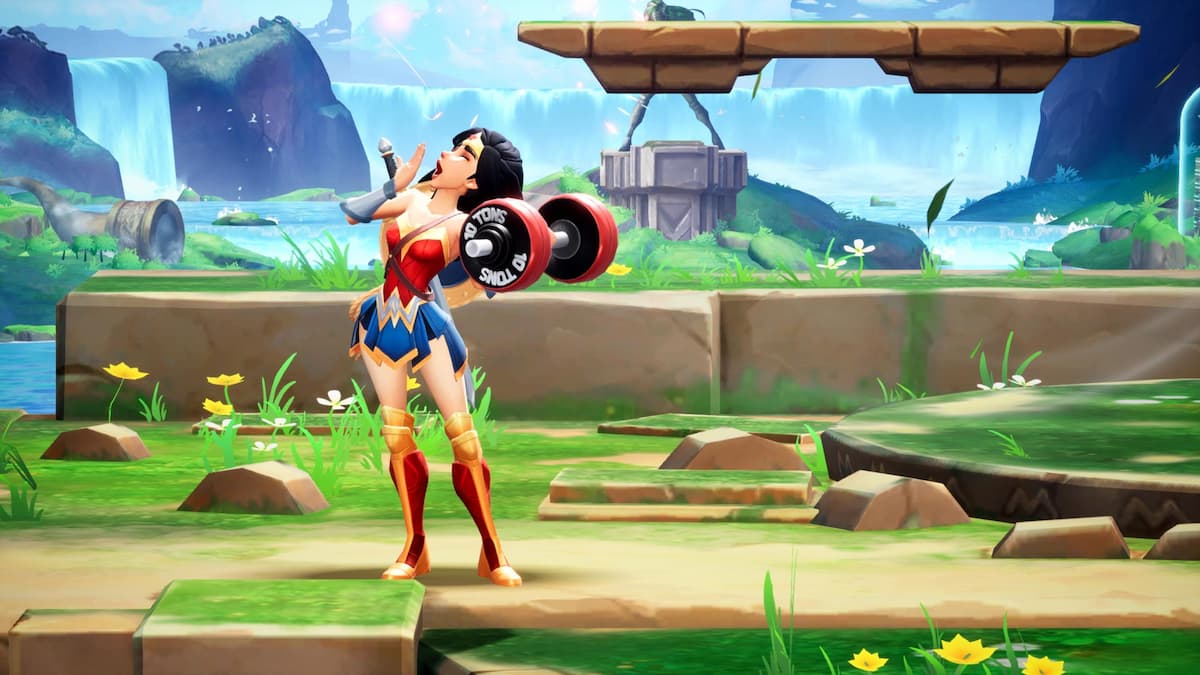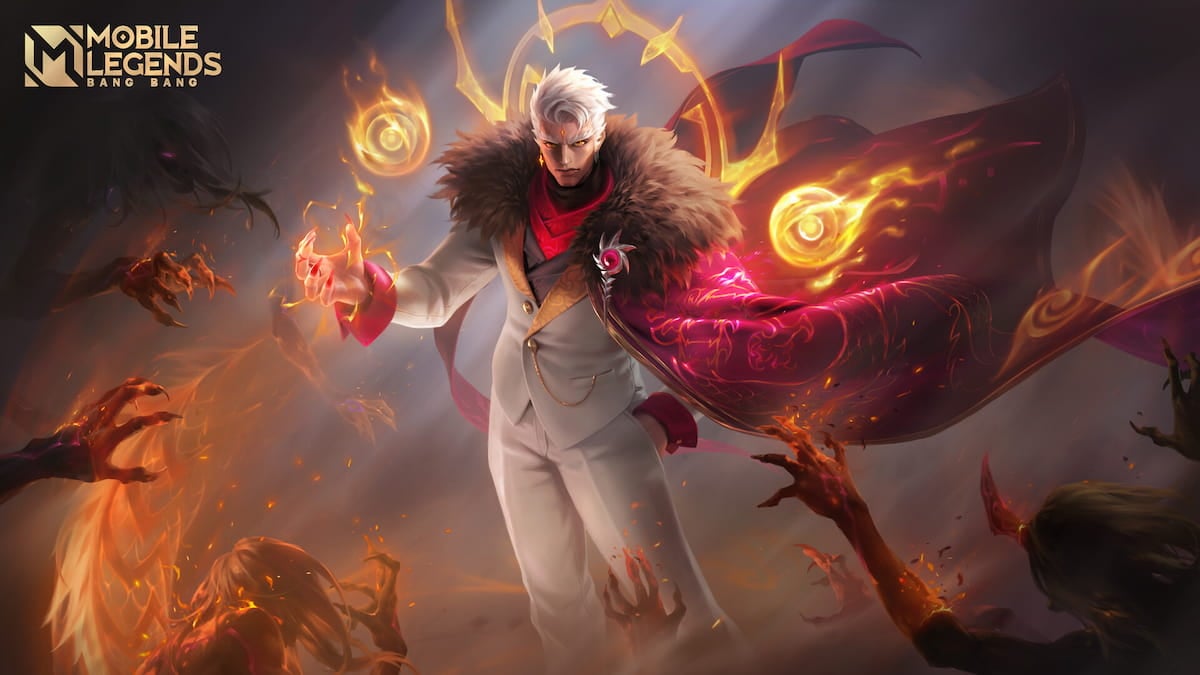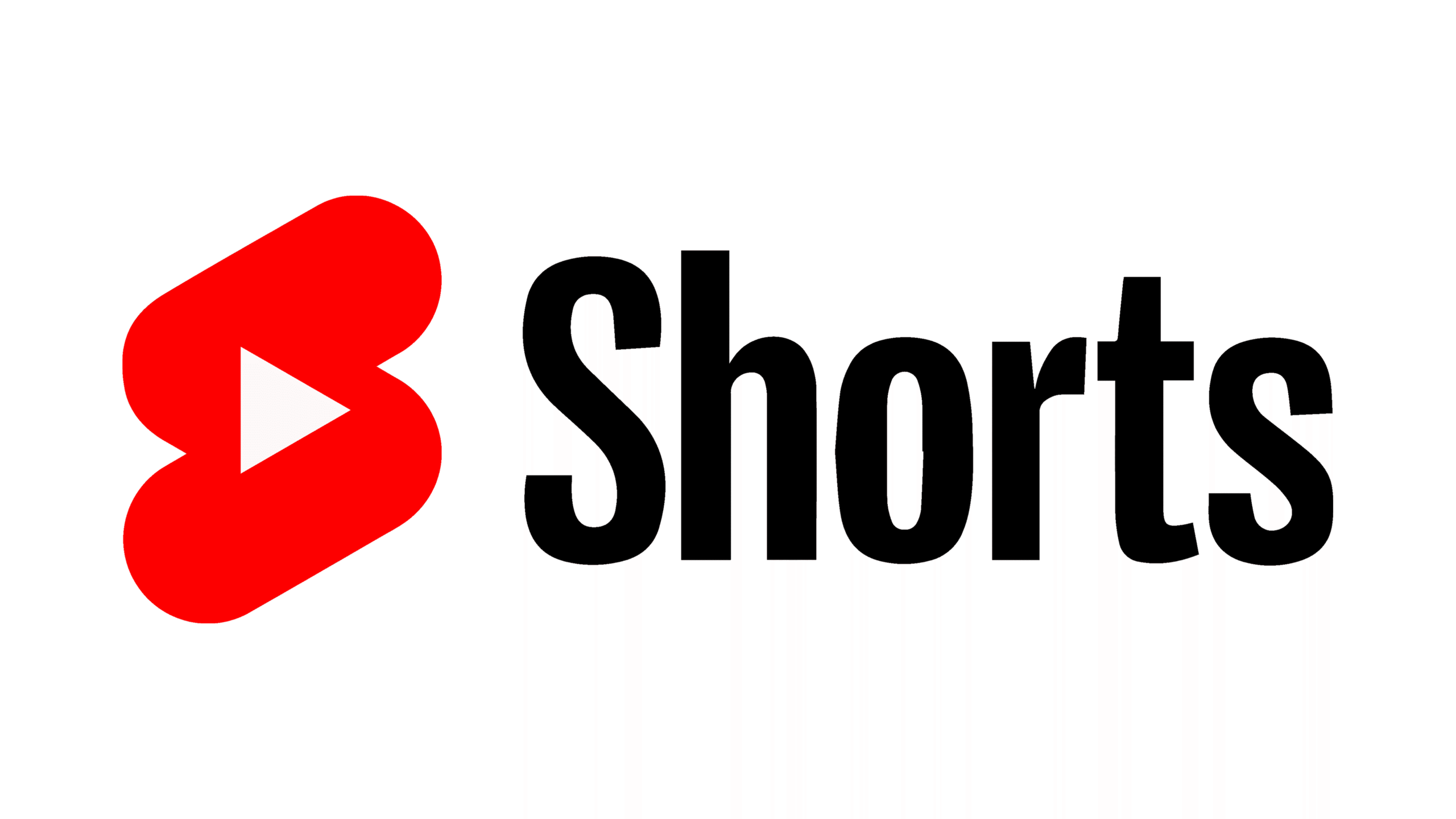Alex Filutze ran into his living room when he heard the news. He blurted it out so fast his parents didn’t understand, so he had to slow down and tell them a second time. He had just received a scholarship to attend Kansas Wesleyan University for the school’s newest sport: video gaming.
“They didn’t really believe me,” Filutze said, laughing. “They had no idea about esports scholarships at the time, and most parents are the same. All parents are really skeptical about their kids being paid to play video games.”
Two years later, Filutze is the president of the esports program at Kansas Wesleyan and periodically gives speeches at other schools promoting esports. The sophomore has played two roles for the school’s League of Legends squad, and he will be trying out a third this year. He was the first to receive a scholarship for esports at Kansas Wesleyan.
Filutze and Kansas Wesleyan are part of a much larger narrative, one with major implications for the future of collegiate athletics: the spread of esports across college campuses nationwide. The university is a member of the National Association of Collegiate Esports, a group founded by seven schools in 2016 to create a forum for competition among college esports programs. It now spans 42 schools and accounts for almost all of the country’s varsity esports programs.
The first varsity scholarship programs for gamers launched only a few years ago. In 2014, Robert Morris became the first school to offer these scholarships. Two years later, the University of California, Irvine, became the first public school to do so, and at least five others have followed its lead. A recent study done by Limelight Networks found that Americans aged 18 to 25 watch more esports than any other traditional sports combined, and the rise of college esports programs reflects that interest.
This is not the NCAA
The amount of scholarship money offered differs by school, but is still relatively small compared to the packages traditional athletes receive. Indiana Tech will offer 12 scholarships in its first year, according to Chris Sims of the Indianapolis Star. Varsity players will receive $5,000 and junior varsity players will receive $2,500. At Maryville, each player is eligible for up to $2,000 in scholarships. Robert Morris offers up to $19,000, half of which helps cover room and board and half of which helps cover tuition, according to its website. Filutze receives $20,000 a year, which is the most money offered by any school at present.
Players also have a shot at earning prize money from tournaments like the University League of Legends tournament, which had more than 300 schools participate in its fourth year. In 2016, runners-up Robert Morris were awarded $15,000 per player and the champions University of British Columbia took home $30,000 per player. This alone represents a simple but radical difference from traditional collegiate esports run by the NCAA: varsity esports players get paid.
Still, despite the monetary incentive, universities often have trouble attracting top players. There is no way for school officials to directly contact players since most in-game clients only allow users to message others they have added. The recruitment process usually hinges on whether a prospective student is aware of the school’s program. This has led to the evolution of a variety of recruitment methods.
The Indiana Institute of Technology uses an online recruitment form. Each student that reaches out is interviewed over the phone. Fleming said that Maryville did not really use a recruitment program. Instead, the team’s current roster was identified by the university’s director of esports, Daniel Clerke, who Fleming described as having “a great eye for talent.” Missouri Baptist University uses a word-of-mouth system, and students are the ones scouting new players. At Robert Morris, players who rank highly on the game’s competitive ladder are scouted and invited to attend the school. Filutze found out about Kansas Wesleyan’s program through research and an online recruitment form on the League of Legends website.
Tony Chau received one of Maryville’s first scholarships because a friend of his knew Clerke. Chau accepted Clerke’s invitation to attend the school.
“The scholarship program helped me because it allows me to pursue my passion while making my parents happy with attending school,” Chau said via Twitter.
“All new territory”
Programs are also expanding beyond just League of Legends. Games such as Hearthstone, an online card game, and Overwatch, a first-person shooting game, are among the titles being added to the growing repertoire of college athletics programs. Part of the reason for this expansion stems from the regularity with which video games come and go. For instance, Starcraft 2, a real-time strategy game, is a mostly unwatched esport despite having dominated the industry for almost a decade.
“This is all new territory,” said Matt Thompson, president of Kansas Wesleyan University. “We’re not looking at it with a timeframe on it. If League of Legends goes away in terms of popularity, I don’t think we shut down the esports program if something new emerged that our students were excited about. This may change over time, and we’re hoping to be flexible with it as it adapts.”
Maryville’s program has recently expanded to also include Blizzard Entertainment’s Heroes of the Storm. Kansas Wesleyan’s program will support Super Smash Brothers, in addition to League of Legends. Indiana Tech and Robert Morris both support Hearthstone programs.
This expansion is the result of success with current esports programs, which were created after school officials noticed the rising popularity of gaming as a whole. Maryville established its program after identifying esports as “the next big thing,” Fleming said. Clerke, who had experience coaching teams in a wide variety of video games such as Call of Duty and Counter-Strike, proposed the idea to the school’s president, Mark Lombardi.
“Maryville is really innovative, and we’re really nimble when it comes to adding academic and athletic programs,” Fleming said. “We had been hearing a lot about it, and it was on ESPN. Their vice president had said esports would be their next big venture. When ESPN says that, that’s when you take note.”
Unlike Maryville, students at Indiana Tech and Kansas Wesleyan requested an esports program. Administrators were interested in what they perceived as a new trend and were willing to help students establish clubs and eventually varsity programs.
“Students saw that this was groovy,” said Kyle Klinker, the esports coordinator at Indiana Tech.
A factor contributing to the rise and expansion of collegiate esports is the cost associated with such programs. Sponsoring varsity gaming programs is less expensive than creating programs for other sports, since less equipment is needed. Thompson estimated the cost of starting a varsity esports program at anywhere between $25,000 and $60,000. He gave this “low-entry barrier” as a factor helping to popularize esports in college. The addition of such programs could influence prospective students to consider schools they were not otherwise planning to attend. Thompson likened the situation to other college athletes: Most were unable or unwilling to become professional players, but still wanted stiff competition in their sport.
Adam Farm, an assistant coach at Robert Morris, agreed. He said that students who chose to join esports teams in college were not usually interested in playing competitively once they graduated.
“These players that are coming here are coming for an education more than they are coming here to go professional,” Farm said.
Despite the lack of connection between collegiate esports and the professional scene, Klinker said he believes these programs are here to stay. As technology continues to advance and future generations become more versed with the digital world, esports will continue to grow even if specific games fall by the wayside, Klinker said.
“It’s the era we are in right now,” Klinker said. “Millennials connect well with video games. This is becoming human nature. One day it will become as popular as traditional sports, and you could make the argument it almost is. I don’t think it’s going anywhere anytime soon, and I think it is only going to grow.”












Published: Oct 4, 2017 06:19 pm